Li Yawen
Spatial-Temporal Adaptive Graph Convolution with Attention Network for Traffic Forecasting
Jun 07, 2022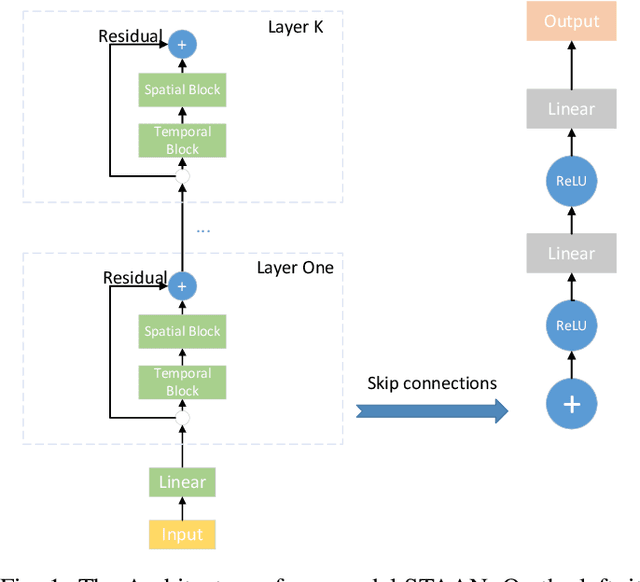

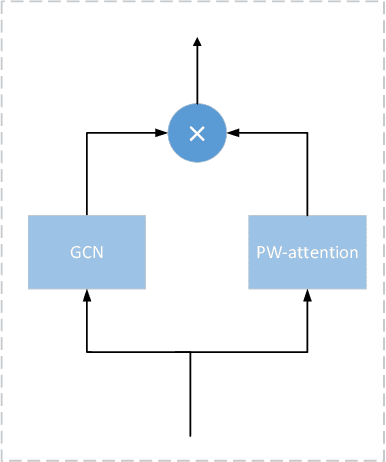
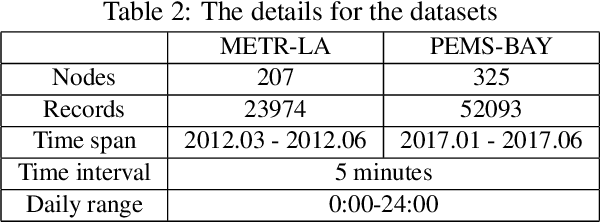
Abstract:Traffic forecasting is one canonical example of spatial-temporal learning task in Intelligent Traffic System. Existing approaches capture spatial dependency with a pre-determined matrix in graph convolution neural operators. However, the explicit graph structure losses some hidden representations of relationships among nodes. Furthermore, traditional graph convolution neural operators cannot aggregate long-range nodes on the graph. To overcome these limits, we propose a novel network, Spatial-Temporal Adaptive graph convolution with Attention Network (STAAN) for traffic forecasting. Firstly, we adopt an adaptive dependency matrix instead of using a pre-defined matrix during GCN processing to infer the inter-dependencies among nodes. Secondly, we integrate PW-attention based on graph attention network which is designed for global dependency, and GCN as spatial block. What's more, a stacked dilated 1D convolution, with efficiency in long-term prediction, is adopted in our temporal block for capturing the different time series. We evaluate our STAAN on two real-world datasets, and experiments validate that our model outperforms state-of-the-art baselines.
Prediction Algorithm for Heat Demand of Science and Technology Topics Based on Time Convolution Network
Mar 21, 2022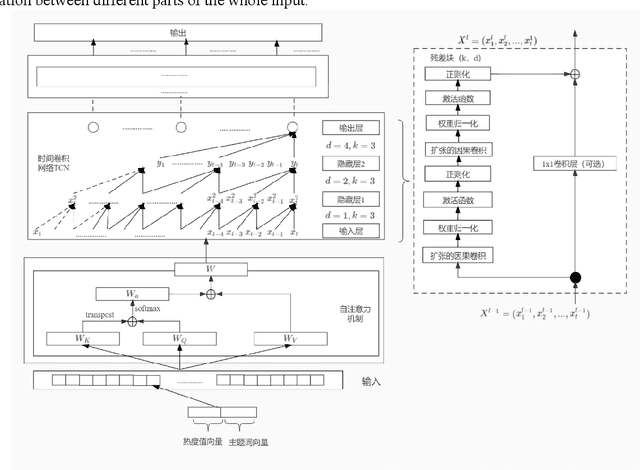
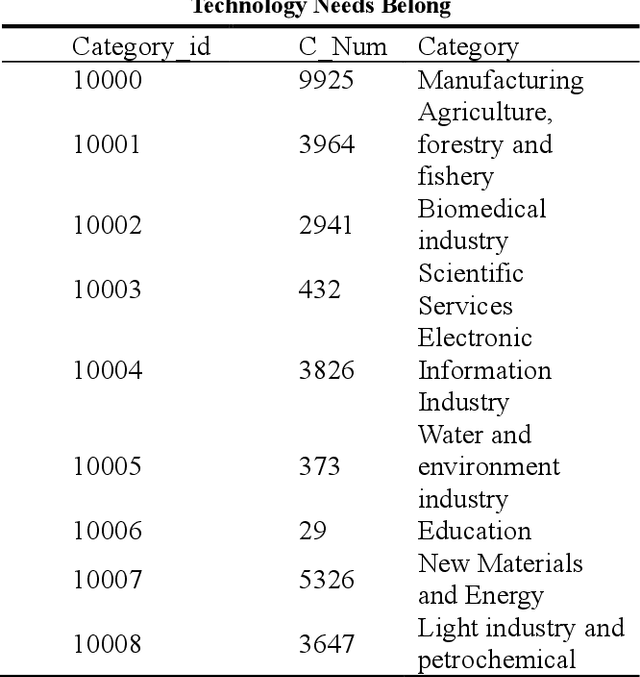


Abstract:Thanks to the rapid development of deep learning, big data analysis technology is not only widely used in the field of natural language processing, but also more mature in the field of numerical prediction. It is of great significance for the subject heat prediction and analysis of science and technology demand data. How to apply theme features to accurately predict the theme heat of science and technology demand is the core to solve this problem. In this paper, a prediction method of subject heat of science and technology demand based on time convolution network (TCN) is proposed to obtain the subject feature representation of science and technology demand. Time series prediction is carried out based on TCN network and self attention mechanism, which increases the accuracy of subject heat prediction of science and technology demand data Experiments show that the prediction accuracy of this algorithm is better than other time series prediction methods on the real science and technology demand datasets.
 Add to Chrome
Add to Chrome Add to Firefox
Add to Firefox Add to Edge
Add to Edge